
Buying Sunglasses
There are many important factors to consider when purchasing sunglasses to protect your eyes from the sun. Learn more from our following articles.

The best sunglasses for driving in 2024 should reduce or eliminate glare and enhance contrast. They should also provide an unobstructed field of view.

Take a peek at the 5 best reading sunglasses in 2024. Sun readers provide UV protection and help you focus while reading or doing close-up work outdoors.
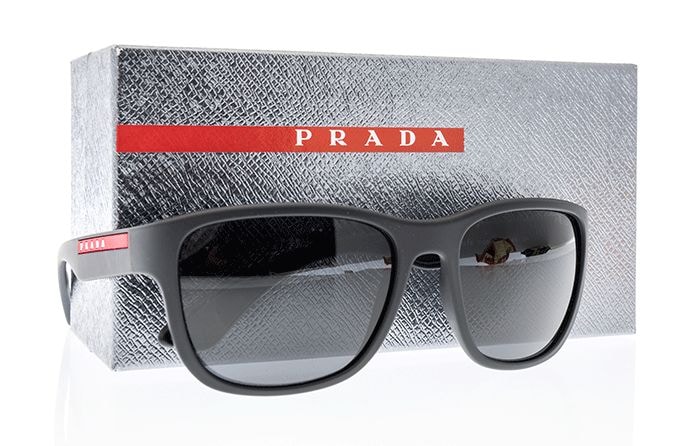
Brand-name sunglasses are almost always made with health and style in mind. But are these name brands worth the investment over a pair of cheaper sunglasses?
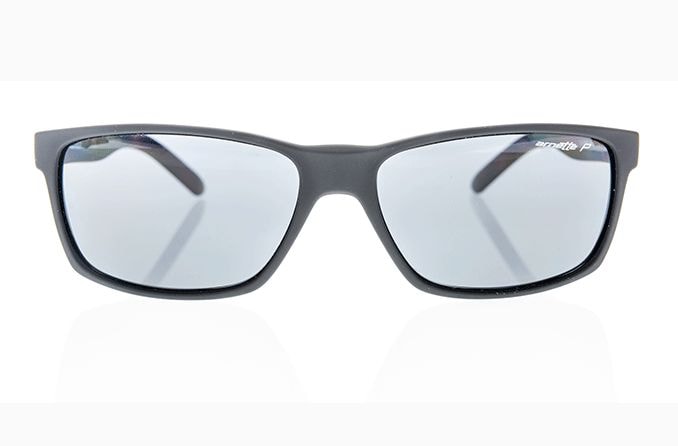
Shopping for a pair of Arnette sunglasses? Check out this buying guide and learn about the history, evolution and style of this hot sunglasses brand.
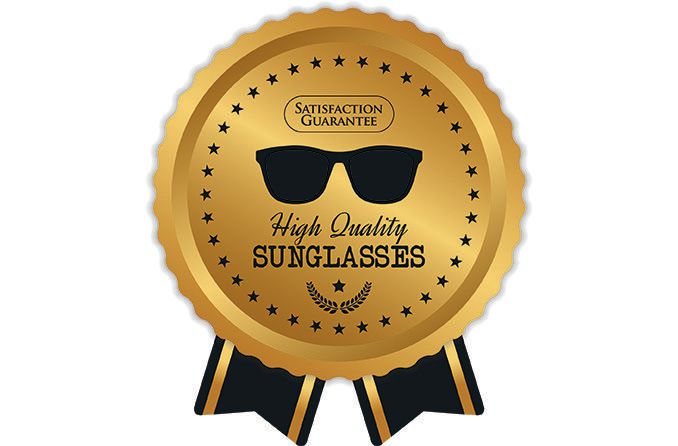
When shopping for brand name and designer sunglasses, weigh the various warranty coverage terms. Some brands, including Costa, Oakley and Sunski, offer more extensive warranties.
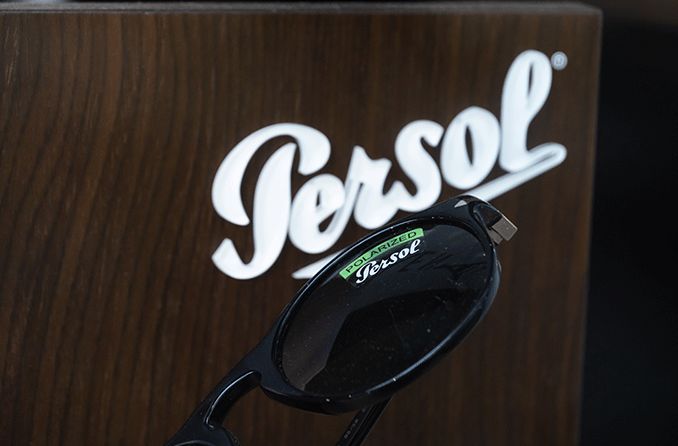
Get the history behind the Persol brand and learn its technology, terminology and why you should choose Persol for your next pair of shades.

Get the story behind the brand and its inspirational founder, its unique design style and aesthetic, available styles and more.

The best sunglasses provide 99-100% UV protection and are made of durable materials. Learn what features matter and how to care for your new sunglasses.

Authentic Ray-Ban Wayfarer sunglasses cost more. Learn some easy ways to spot fake Wayfarers, which could put your vision at risk.

An iconic resident of the meme hall of fame, MLG glasses are now synonymous with swag. And, they can make for a fun addition to your glasses collection!

Miu Miu sunglasses are ideal for adventurous style seekers, catering to tastes across the fashion spectrum. Learn which Miu Miu shades are right for you.

Read our mini guide to Quay sunglasses to learn about this popular brand, the colors and styles offered, and where to buy these stylish sunglasses.
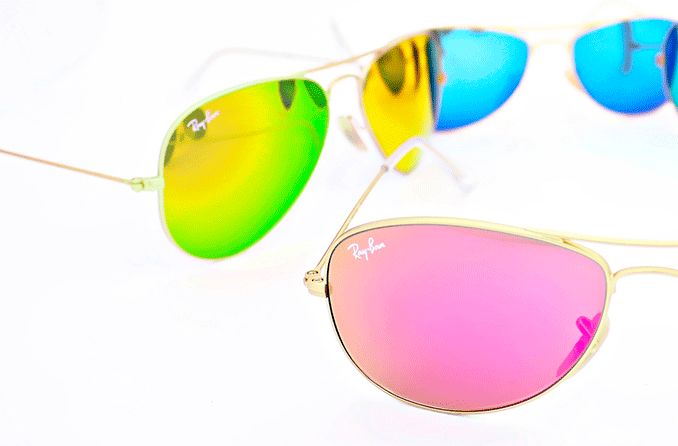
The history of Ray-Ban sunglasses: Their signature Aviators popularized the brand and helped cement Ray-Ban as a top name in sun eyewear.
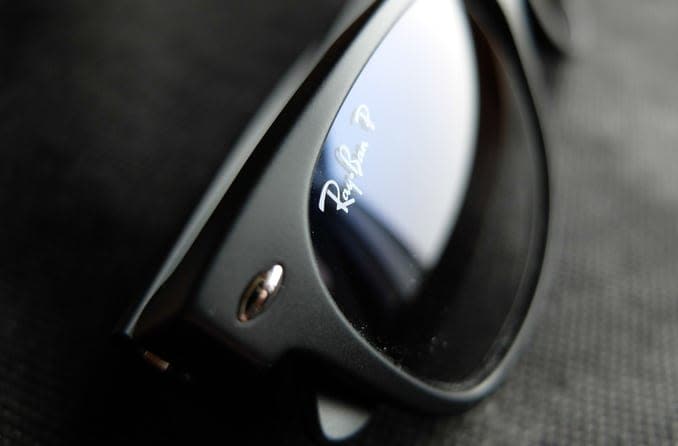
Ray-Ban Wayfarer sunglasses have defined cool since 1952. Two styles with color, size and lens options make this iconic eyewear customizable for all faces.
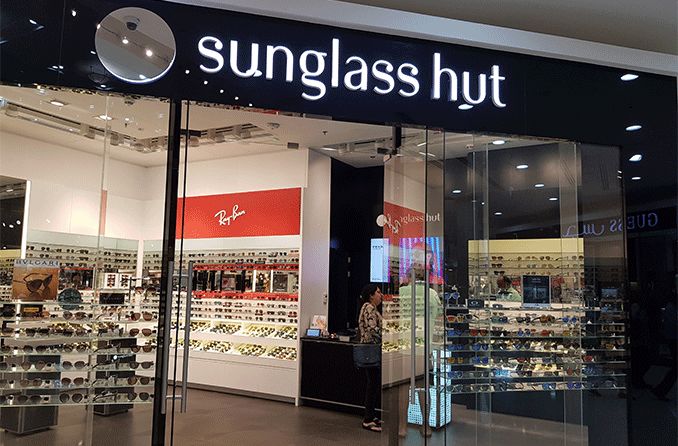
Is Sunglass Hut a good place to buy quality sunglasses? Here's the lowdown on the brands, cost, sales and return policy of this popular sunglasses shop.

Kids' sunglasses: how to choose the good quality sunglasses, plus the top five trends in children's sunwear.

What you need to know about sunglasses, styles, UV protection and special lens coatings.

It can be a challenge to find good sunglasses when there are so many places to shop online and in person. Find the best place to buy sunglasses for you.

Our ultimate guide to Ray-Ban Wayfarer sunglasses covers what they look like, who wears them, why you should wear them, their history and more.
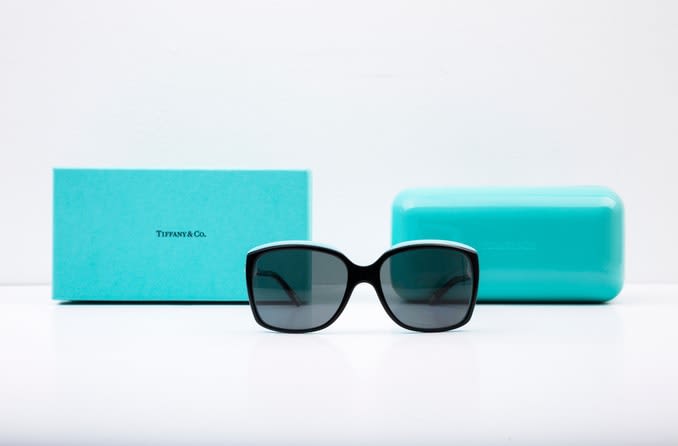
Tiffany & Co. sunglasses are offered in various high-end collections available at Tiffany and numerous other retailers with competitive pricing.

Find out what brands made the list for top-rated, highest-quality sunglasses. Names include Ray-Ban, Transitions, and more.

While most people buy their sunglasses in person at brick-and-mortar stores, the online option is becoming more popular for both prescription and non-prescription sunglasses purchases.

Want Tom Cruise's cool-under-pressure look in “Top Gun: Maverick”? Take your style to new heights with the Ray-Ban Aviator sunglasses he wears in the movie.

Designer sunglasses are not just stylish; they also keep your eyes safe from the sun, allowing you to protect your vision without sacrificing style.

When shopping for high-quality sunglasses, look for 100% UV protection, durable frames and the right lenses and coatings to enhance your vision.
All About Vision and AllAboutVision.com are registered trademarks of AAV Media, LLC. © 2000-2025 AAV Media, LLC. The content on this site is for informational purposes only. All About Vision does not provide medical advice, diagnosis or treatment. Contact an eye doctor if you need medical attention.